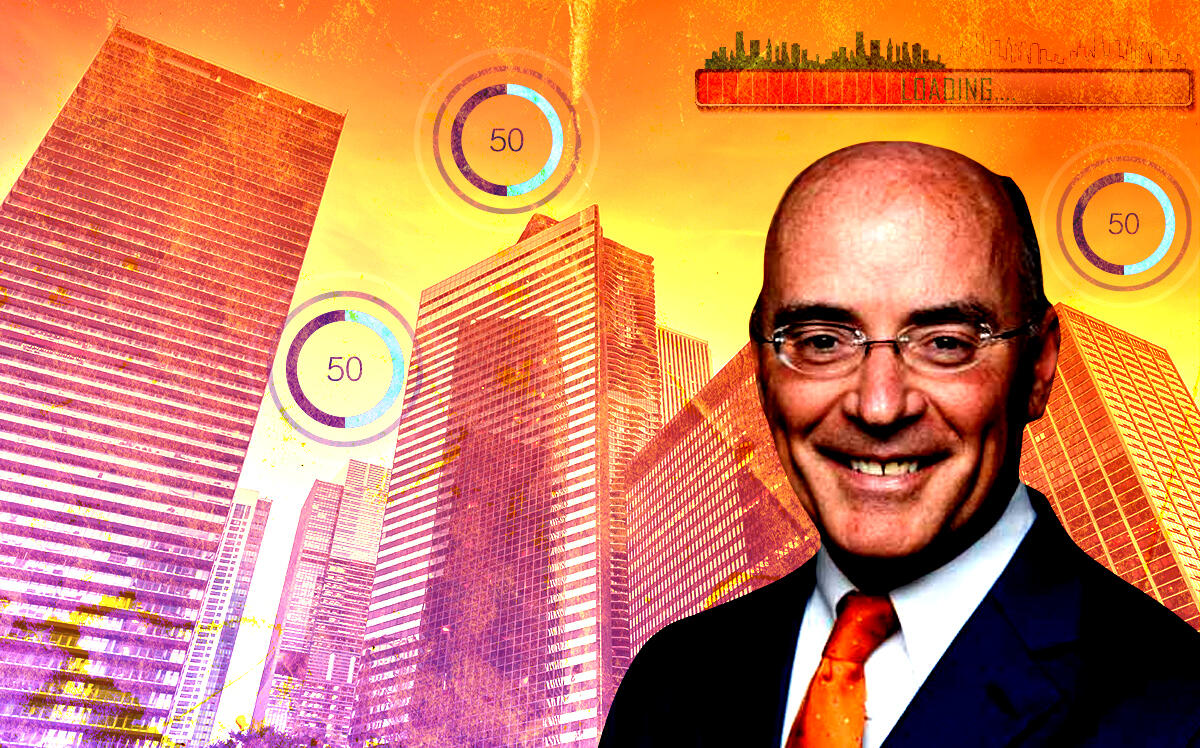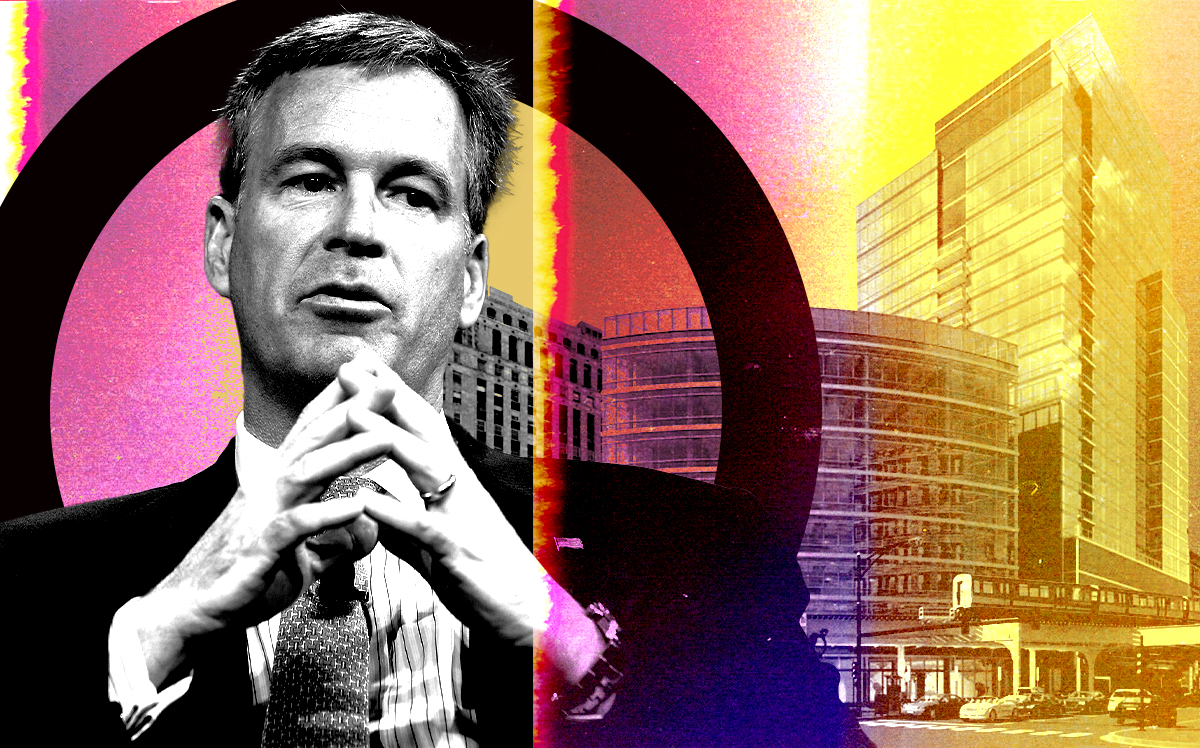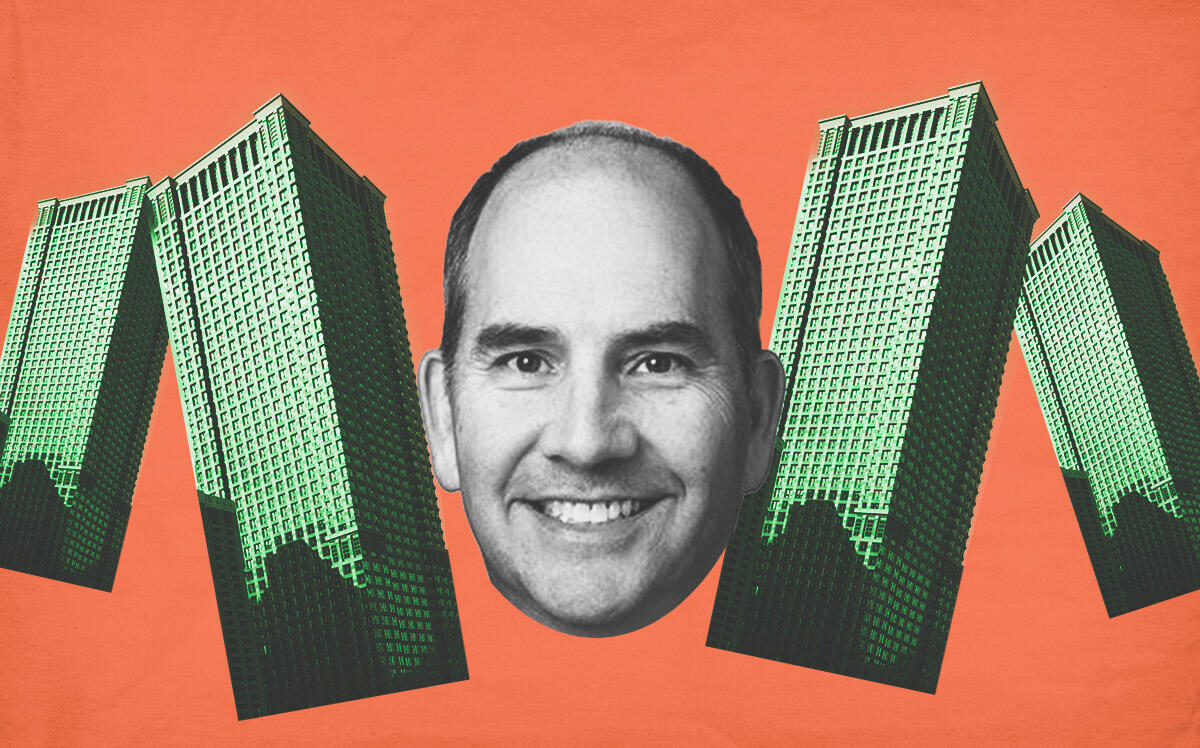More than half of Chicagoans are back in the office
January had the strongest attendance since before the pandemic

More than half of Chicago workers are back in the office for the first time since before the pandemic.
Building security system provider Kastle said that office occupancy levels passed 50 percent in January for the first time since companies were forced to switch to remote work models in March 2020, the Chicago Sun-Times reported.
The comeback is “agonizingly slow,” Michael Edwards, president and chief executive of the Chicago Loop Alliance, which represents downtown businesses, told the outlet. “It seems to be the young professional that’s coming back the most. Maybe they are more concerned about career prospects and making a good impression.”
For the first week of February, the office occupancy dropped a little to exactly 50 percent, with days in the middle of the work week drawing more in-person employees than Mondays and Fridays.
While office building owners are still grappling with the impact of less frequent in-person work attendance on property values, retailers reliant on foot traffic driven by office workers have already been severely impacted and are struggling to adjust to smaller crowds at the start and end of the week.
“I don’t believe people are coming to work on Fridays at all anymore,” Robert Nevera, general manager of Petterino’s restaurant at 150 North Dearborn Street, told the outlet. “We still have a bit of a Covid hangover. We used to have lawyers in here all the time, but not anymore.”
Read more
Still, Chicago’s office occupancy rates are better than in most of the other nine major U.S. metros Kastle tracks. The Windy City is beating out New York, Los Angeles, Austin, San Jose and Philadelphia.
Kastle’s numbers showed a more than 90 percent average office occupancy before the pandemic and a drop to less than 20 percent within the first year.
Edwards expects thawing temperatures and upcoming spring weather will further boost the in-office numbers in addition to federal and state officials’ plans to lift emergency COVID-19 orders.
— Victoria Pruitt







